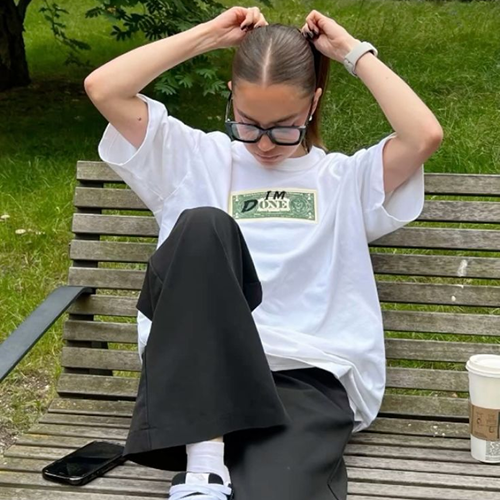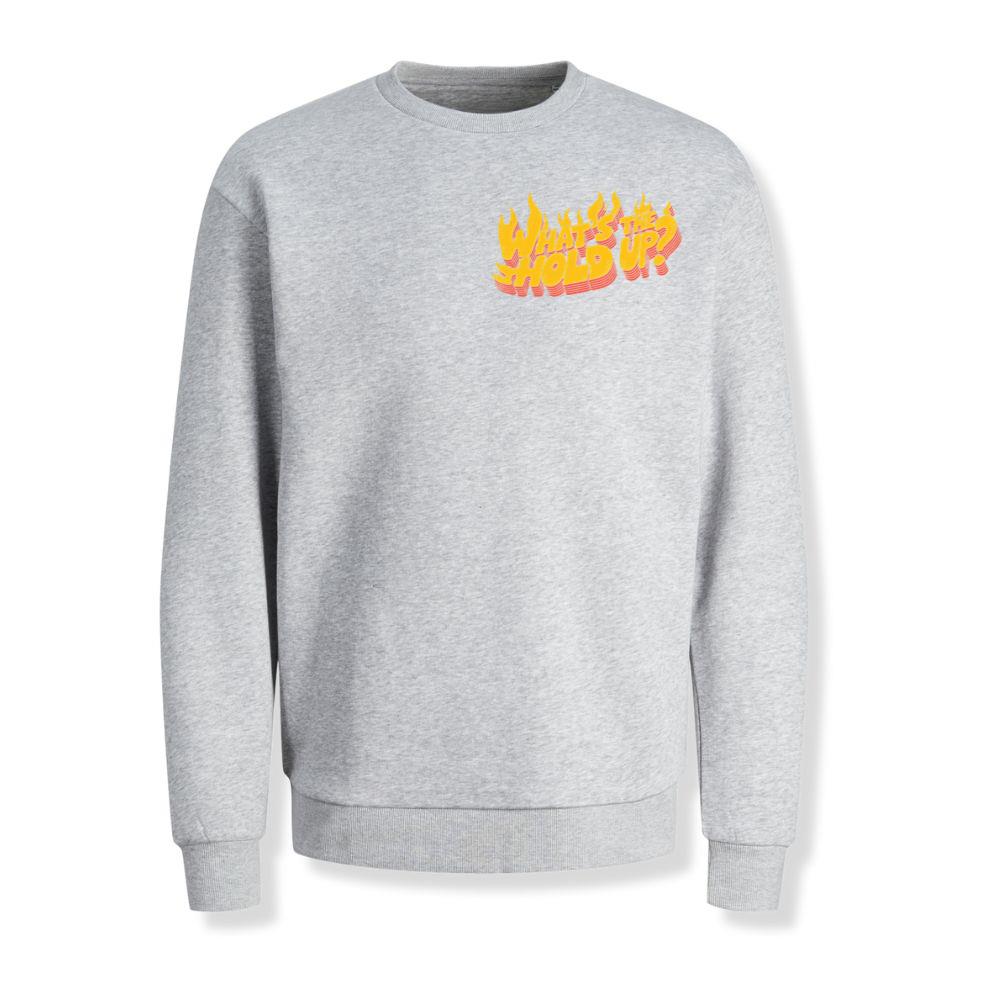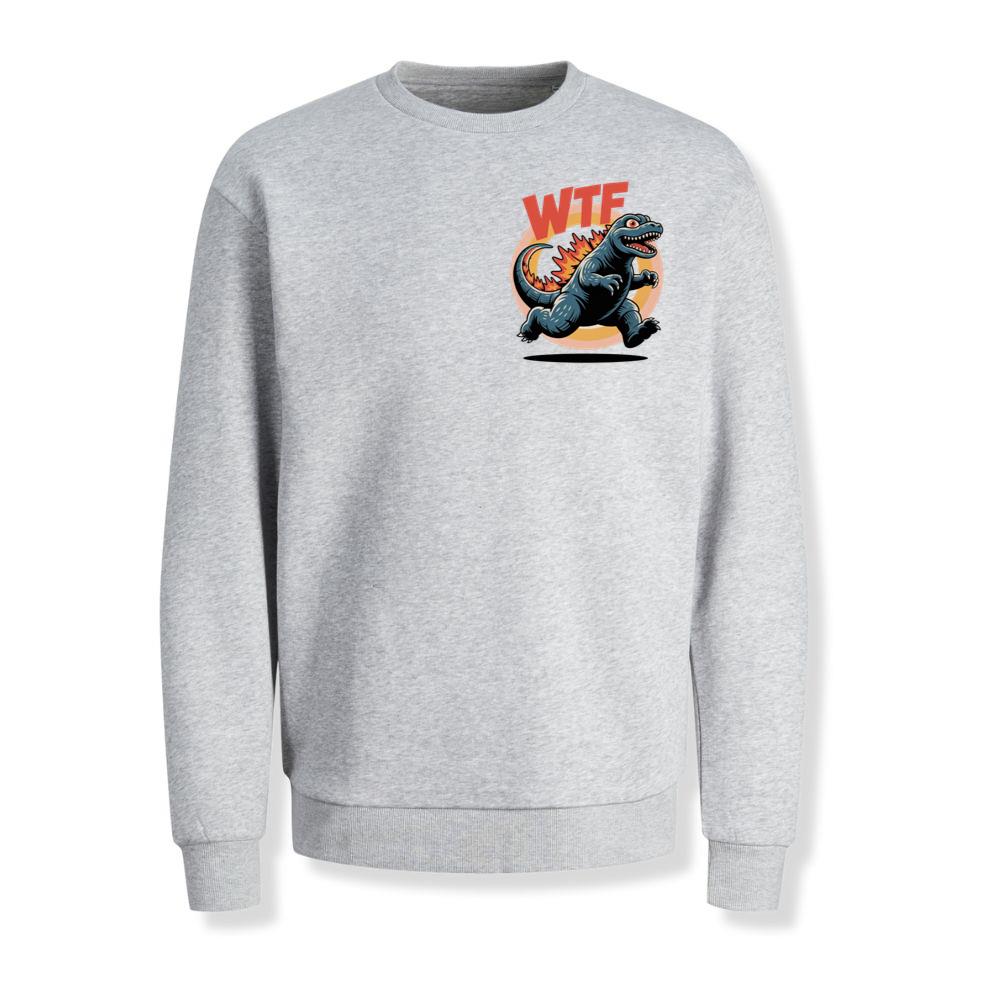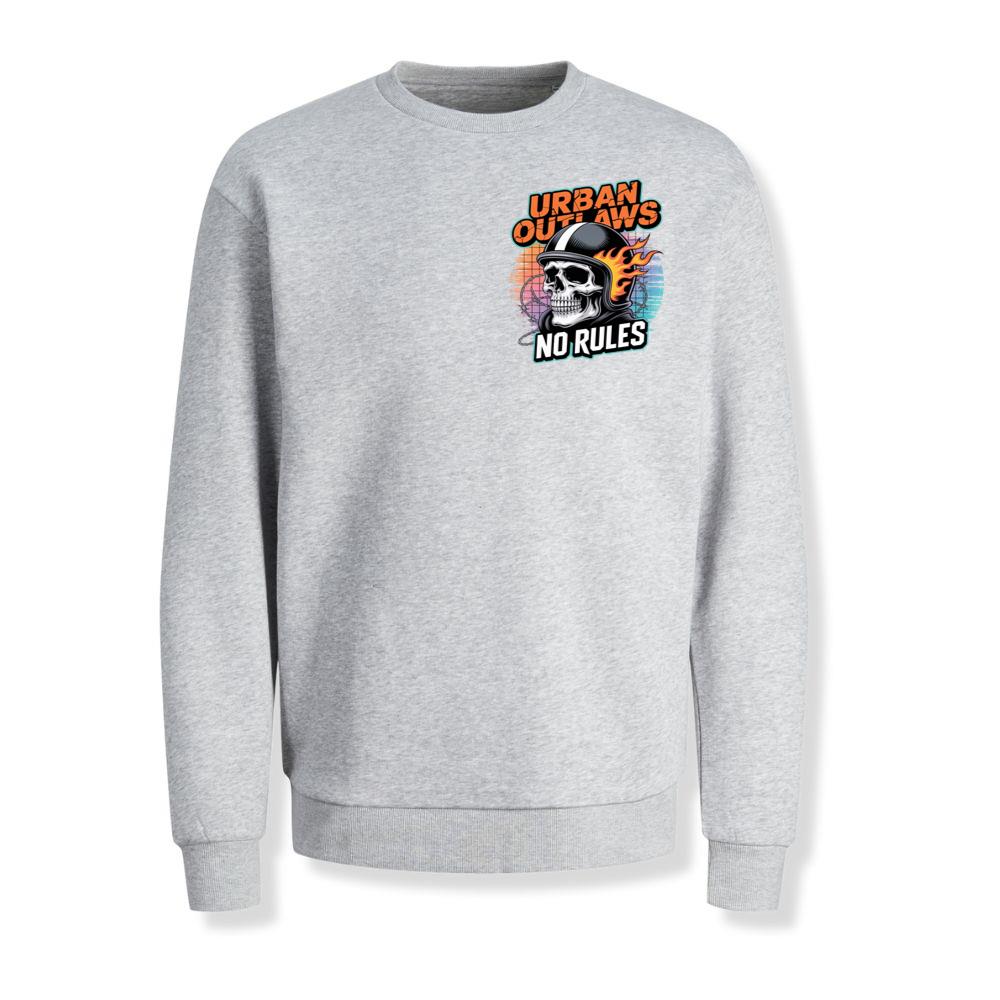Introduction: The Most Democratic Garment on Earth
There are few pieces in the history of fashion that have achieved true universality — garments that transcend gender, age, culture, and class. The T-shirt is one of them.
Born as a simple undergarment, the T-shirt has evolved into the world’s most expressive canvas — a medium for art, identity, rebellion, and minimalism all at once. In 2025, the T-shirt is more than just something you wear. It’s a form of storytelling. It’s global language made of cotton.
From Paris to Tokyo, from Los Angeles to Lagos, the T-shirt has become the universal code of style — an unspoken agreement that simplicity is never out of trend.
A Brief History: From Undergarment to Icon
The modern T-shirt traces its roots back to the late 19th century, when it was first introduced as an undergarment for soldiers and laborers. The “T” shape came from its functional design — short sleeves, crew neck, light fabric.
But everything changed in the 1950s when Marlon Brando wore a tight white tee in A Streetcar Named Desire and James Dean did the same in Rebel Without a Cause. That was the cultural explosion.
The T-shirt was no longer underwear — it was attitude.
Through the ’60s and ’70s, it became a tool of protest and expression. Bands printed their logos. Activists printed their slogans. Every decade since, the T-shirt has adapted — from punk to hip-hop, from streetwear to couture.
Its simplicity became its superpower.
Fabric and Fit: The Science of Everyday Luxury
At first glance, all T-shirts look the same. But any fashion lover knows — details define everything.
- Fabric:
- Combed cotton offers softness.
- Organic cotton offers sustainability.
- Supima and Pima cotton offer luxury.
- Bamboo and modal blends offer breathability.
- Heavyweight cotton jersey gives structure and drape.
- Fit:
- The classic fit evokes nostalgia — the standard tee that flatters most.
- The boxy fit echoes high-street and retro vibes.
- The oversized silhouette dominates modern streetwear.
- The cropped tee modernizes femininity with confidence.
The perfect T-shirt is less about price, more about proportion and intention. It’s about how it feels — not just how it looks.
The T-Shirt as a Cultural Mirror
Every era has worn its beliefs on its T-shirt.
- 1960s: Anti-war slogans and peace symbols.
- 1970s: Rock band merch and political rebellion.
- 1980s: Designer logos became new status symbols.
- 1990s: Minimalism met skate culture — blank tees as quiet rebellion.
- 2000s: Streetwear took over — the graphic tee became visual poetry.
- 2020s: Conscious fashion — sustainable and locally produced tees reign supreme.
Each wave of T-shirt evolution mirrors its generation’s psychology — what they value, what they fight for, and what they reject.
The Minimalist Revolution: Simplicity as the Ultimate Statement
There’s a silent revolution happening in wardrobes worldwide — a return to basics.
Consumers are rediscovering the charm of a plain white or black tee — crisp, soft, well-fitted. It represents clarity in a noisy world. In fashion terms, it’s the reset button.
Minimalist brands like COS, Everlane, and Uniqlo U have made the perfect tee their holy grail — emphasizing construction, cut, and ethical sourcing.
The power of simplicity lies in confidence.
When you wear a well-made T-shirt, you’re not hiding behind trends — you’re embodying timeless taste.
The Printed Tee: From Protest to Art Form
While minimalism defines one side of the T-shirt’s story, the printed tee is its opposite — bold, expressive, loud.
A printed T-shirt is wearable art. Designers like Virgil Abloh, Takashi Murakami, and Nigo transformed this idea into global culture. The T-shirt became a billboard of personal philosophy.
Band merch tees, political prints, ironic graphics, and logo-heavy designs — all turned an ordinary piece of fabric into something collectible.
In the 2020s, the line between T-shirt and artwork blurred entirely. Limited-edition drops from Supreme, Travis Scott, or KAWS collaborations sell out in minutes — proof that a T-shirt can hold emotional and financial value alike.
The T-Shirt as a Fashion Equalizer
The T-shirt might be the most democratic garment ever created.
It costs a few dollars or a few hundred — yet it holds equal meaning for both buyer types.
A celebrity wears a white tee from The Row. A skater wears a thrifted Hanes. A designer crafts one from Italian cotton. They’re all part of the same cultural language.
That’s the beauty of it — the T-shirt levels fashion. It doesn’t discriminate. It adapts.
Sustainability and Conscious Manufacturing
As consumers grow more aware of the environmental cost of fast fashion, the humble T-shirt has become the focus of sustainability movements.
Producing one cotton T-shirt can require up to 2,700 liters of water, so conscious production is crucial.
Brands are embracing changes:
- Recycled cotton and plastic fabrics.
- Closed-loop dyeing systems.
- Fair trade manufacturing.
- Traceable sourcing with transparent labeling.
Owning fewer, higher-quality T-shirts is no longer niche — it’s the new standard of cool. The message: style with conscience.
How to Style the Modern T-Shirt
The T-shirt’s beauty lies in its versatility. It adapts to every context and personality.
- Casual Uniform:
- White tee + light denim + white sneakers — timeless, clean, and always relevant.
- Streetwear Edge:
- Oversized graphic tee + cargo pants + bold sneakers — confidence through contrast.
- Smart-Casual Hybrid:
- Black tee + tailored blazer + chinos — comfort meets sophistication.
- Summer Simplicity:
- Loose tee tucked into shorts + sandals — effortless elegance.
- Monochrome Power:
- Matching tee and trousers for a tonal, minimal aesthetic.
The T-shirt doesn’t demand attention; it rewards attention to detail.
Psychology of the Tee: Why It Endures
Why do we keep coming back to T-shirts, even in an era of luxury fashion and digital couture?
Because it’s authentic.
Because it feels personal.
Because it asks for nothing but gives everything.
A T-shirt is a mirror — it reflects you at your most comfortable, honest, and unguarded.
You wear it when you’re working, resting, creating, or grieving. It grows with you, not just around you.
The T-Shirt as a Branding Weapon
For businesses, musicians, and movements alike, the T-shirt remains the most powerful marketing tool in the world.
It’s the perfect canvas for storytelling — a silent messenger that walks wherever you go.
From Nike’s “Just Do It” to Supreme’s box logo, the T-shirt has carried some of the most recognizable designs in human history.
In 2025, small brands and independent artists continue to use it the same way — to express vision and connect with audiences through wearable identity.
Gender, Inclusivity, and Fluidity
The T-shirt doesn’t belong to one gender — it belongs to everyone.
It adapts to body types without judgment, styles without hierarchy. It’s worn by CEOs, artists, models, activists, and everyday dreamers alike.
Fashion’s new era of inclusivity celebrates exactly that — garments without labels.
The T-shirt isn’t male or female. It’s human.
Art, Music, and Subculture
Every major cultural movement has its T-shirt.
- Punk’s ripped and safety-pinned DIY shirts.
- Grunge’s faded band tees from thrift stores.
- Hip-hop’s oversized logo tees.
- Skate culture’s loose-fitting statement graphics.
- Indie and alternative movements using screen prints as rebellion.
The T-shirt connects subcultures across time and geography. It’s a wearable archive of rebellion, identity, and memory.
From Streetwear to Runway
Luxury fashion once ignored the T-shirt. Not anymore.
Today, houses like Balmain, Off-White, and Saint Laurent treat it as a core collection piece. Designers have turned the basic tee into a luxury essential — fine stitching, perfect drape, and subtle branding redefine what “basic” even means.
Even the white T-shirt has become a status symbol again — a return to refined simplicity.
Emotional Longevity: The Tee You’ll Never Throw Away
We all have one — that T-shirt that feels like an old friend. Maybe it’s faded, maybe it’s stretched, maybe the print has cracked — but it holds memory.
The concert tee.
The travel souvenir.
The vintage find that still smells like summer.
That’s the T-shirt’s real magic — its ability to collect time. You can’t fake that kind of authenticity.
The Future: Tech, Sustainability, and Customization
The next frontier for T-shirts lies in innovation and personalization:
- Smart fabrics that regulate temperature and resist stains.
- 3D printing and digital tailoring for perfect fit.
- On-demand production to eliminate waste.
- NFT-linked physical garments that record authenticity and origin.
- Local print collectives reviving craftsmanship.
Fashion’s future isn’t about mass production — it’s about meaningful creation. The T-shirt is leading that charge once again.













